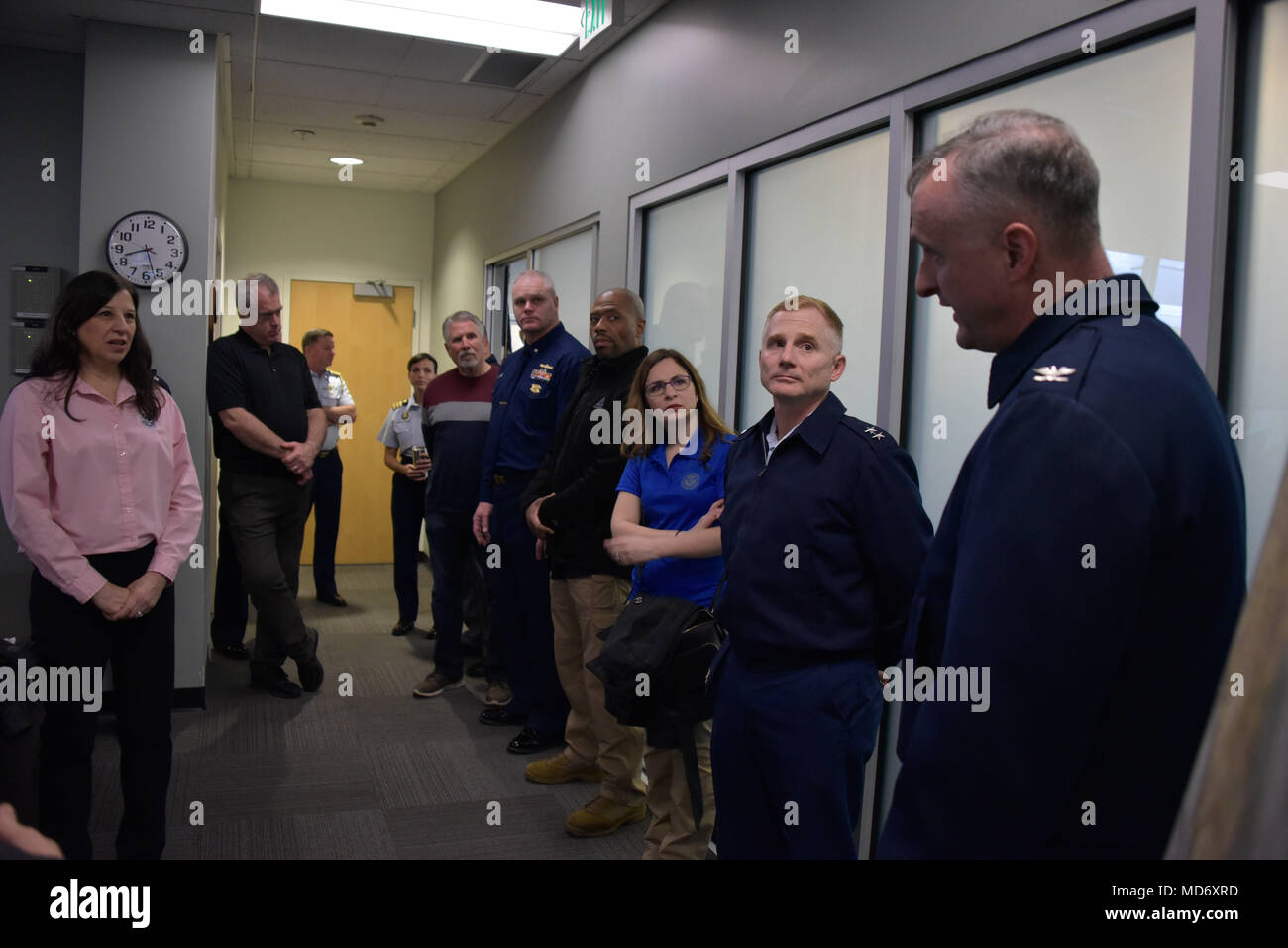- Puget Sound Vessel Traffic Service
- Puget Sound Vessel Watch
- Puget Sound Vessel Tracking
- Puget Sound Vessel Traffic System

The Vessel Traffic Service Puget Sound area consists of the U.S. navigable waters of the Salish Sea from a line drawn from the Washington State coastline at 48°23.133′ N., 124°43.616′ W. on Cape Flattery to the Cape Flattery Light at 48°23.5′ N., 124°44.2′ W. on Tatoosh Island, due west to the U.S. Territorial Sea Boundary; thence northward along the U.S. Territorial Sea Boundary to its intersection with the U.S./Canada International Boundary; thence east along the U.S./Canada International Boundary to 49°00.1′ N., 122°45.3′ W. (International Boundary Range C Rear Light).
Jul 18, 2019 Vessel details: PUGET SOUND. Discover the vessel's basic Details, including the vessel IMO / vessel MMSI and vessel Call Sign. Type: Bulk Carrier Vessel, Registered in Hong Kong. Find dead-weight-tonnage, Gross Tonnage and the Year of Build vessel details. Vessel details about PUGET SOUND include Current Vessel Position, Voyage information, and photos.
Puget Sound Vessel Traffic Service
(a)Vessel Traffic Service Puget Sound participates in a U.S./Canadian Cooperative Vessel Traffic Service (CVTS) to jointly manage vessel traffic in the Juan de Fuca Region. The CVTS for the Juan de Fuca Region consists of all navigable waters of the Salish Sea, bounded on the northwest by 48°35.749′ N.; and on the southwest by 48°23.5′ N.; and on the west by the rhumb line joining 48°35.749′ N., 124°47.5′ W. with 48°23.5′ N., 124°48.616′ W.; and on the northeast by a line drawn along 49° N. from Vancouver Island to Semiahmoo Bay; and on the southeast, by a line drawn from McCurdy Point on the Quimper Peninsula to Point Partridge on Whidbey Island. Canadian and United States Vessel Traffic Centers (Prince Rupert, B.C., Canada; Vancouver, B.C., Canada; and Seattle, WA) manage traffic within the CVTS area irrespective of the International Boundary.
(b)VTS Special Area: The Eastern San Juan Island Archipelago VTS Special Area consists of all waters of the eastern San Juan Island Archipelago including: Rosario Strait bounded to the south by latitude 48°26.40′ N. (the center of the Precautionary Area “RB”) extending from Lopez Island to Fidalgo Island, and to the north by latitude 48°40.57′ N. (the center of the Precautionary Area “C”) extending from Orcas Island to Lummi Island; Guemes Channel; Bellingham Channel; Padilla Bay and southern Bellingham Bay (Samish Bay) south of latitude 48°38.42′N.
The center of precautionary area “RB” is not marked by a buoy. All precautionary areas are depicted on National Oceanic and Atmospheric Administration (NOAA) nautical charts.
(c) Additional VTS Special Area Operating Requirements. The following additional requirements are applicable in the Eastern San Juan Island Archipelago VTS Special Area:
(1) A vessel engaged in towing shall not impede the passage of a vessel of 40,000 dead weight tons or more.
(2) A vessel of less than 40,000 dead weight tons is exempt from the provision set forth in § 161.13(b)(1) of this part.
(3) A vessel of less than 100 meters in length is exempt from the provisions set forth in § 161.13(b)(3) of this part.
(4) Approval will not be granted for:

(i) A vessel of 100 meters or more in length to meet or overtake a vessel of 40,000 dead weight tons or more;
(ii) A vessel of 40,000 dead weight tons or more to meet or overtake a vessel of 100 meters or more in length;
Puget Sound Vessel Watch
(iii) A vessel of 100 meters or more in length to cross or operate within 2,000 yards (except when crossing astern) of a vessel of 40,000 deadweight tons or more; or
Puget Sound Vessel Tracking
(iv) A vessel of 40,000 dead weight tons or more to cross or operate within 2,000 yards (except when crossing astern) of a vessel of 100 meters or more in length.
(d) Reporting Point. Inbound vessels in the Strait of Juan de Fuca upon crossing 124-W.